Shadow and Light: Honoring Iraqi Academics
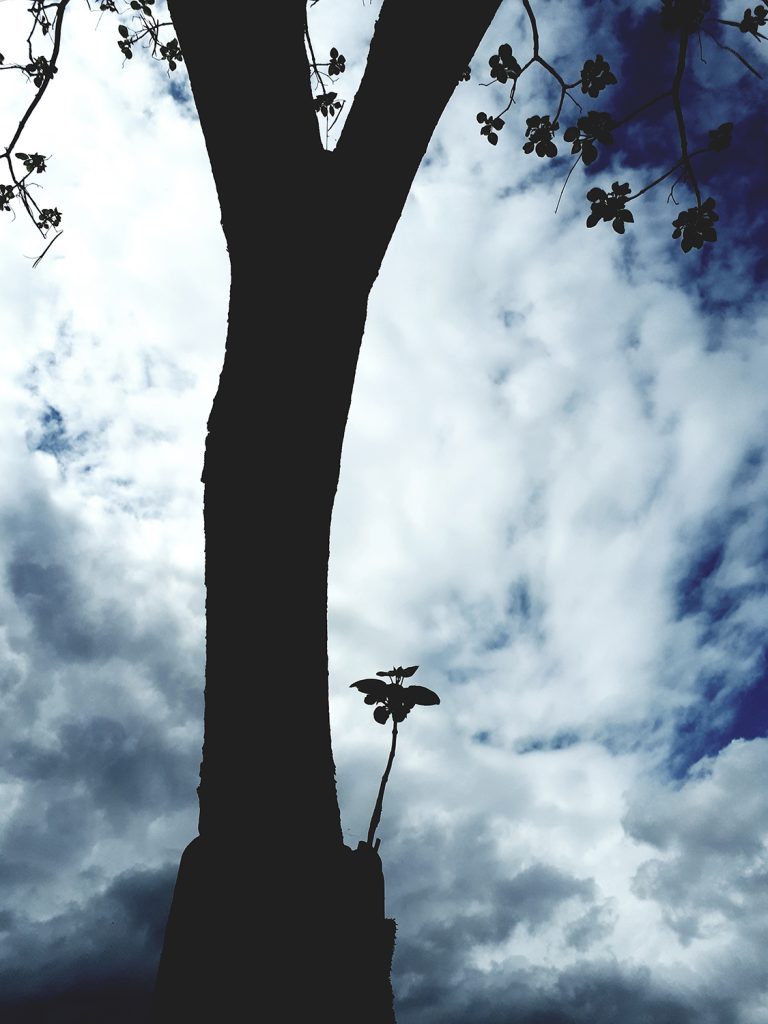
Compiled by Beau Beausoleil, a poet and activist in the San Francisco Bay Area, the project memorializes Iraqi academics assassinated between 2003-2012. This timeframe roughly parallels the US-led invasion and occupation of Iraq. To create the project, participants from all over the world selected the name of an assassinated Iraqi academic to memorialize with a photograph and a personal narrative.
During their lifetimes, the women and men memorialized in this exhibit enriched diverse fields of knowledge—from history to art, from literature to theology, from pediatrics to law. There is a full complement of academics who studied and taught in the natural sciences: agriculture, biology, geology, hydrology, forestry, even including the study of bees. Each assassination represented an attack on the underlying principle of education—to share knowledge—and served as a threat to scholars throughout Iraq that they were at risk. Estimates of the total number slain run to 700+. Some of their names remain unknown.
In addition to bringing together a collection of art, this project also constitutes an archive, as both a testament to the lives of Iraqis and of international solidarity. Shadow and light inhabit these photographs, as well as stories and bits of information pieced together from news sources about each person’s life and death.
We hope this exhibit will shed light on the conditions of war and occupation in Iraq, and bring connections with Iraq to your community. We also hope these images and personal narratives will honor educators’ labor and intellectual bravery, and prompt reflection on how to reciprocate that care.
Statement written by Beau Beausoleil, Project Director, and Mona Damluji and Heather Hughes, both academics. Special thanks to Jack Welsh, U.K. Project Coordinator.
Media coverage:
Smile Politely (4/10/2023): The Shadow and Light project to show at Artists’ Alley
Uncanny Juxtapositions by Kofi Bazzell-Smith
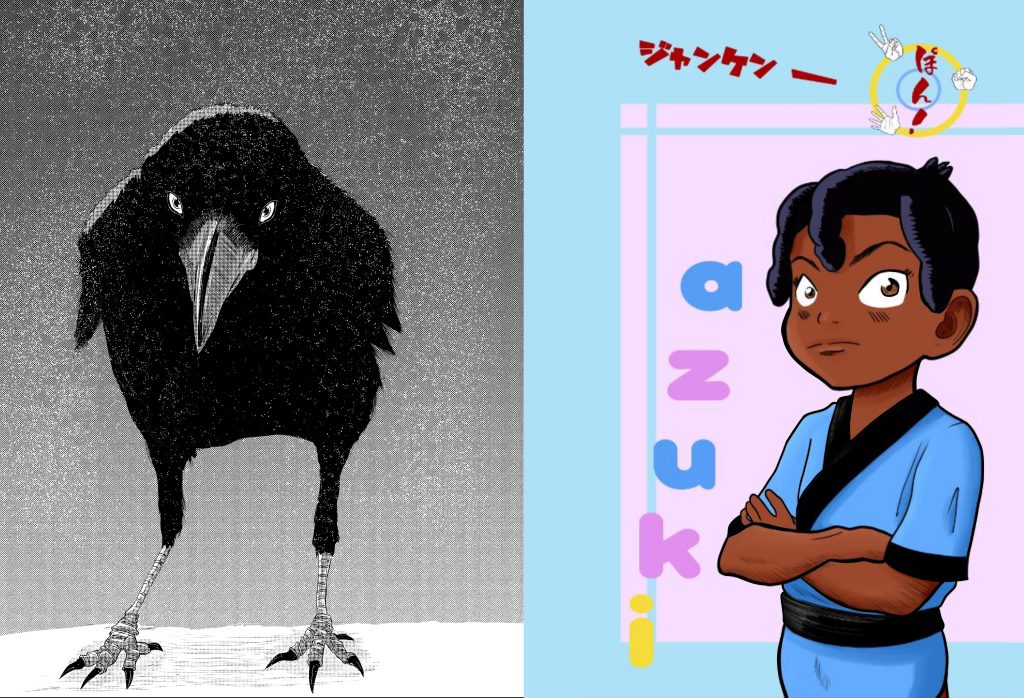
Uncanny Juxtapositions features selections from two works drawn simultaneously with opposing themes. Each work was created with both English and Japanese versions:
- Azuki is a parody set in a world where Rock Paper Scissors is a serious martial art. Azuki only plays scissors every match but always wins as she embarks on a quest to reunite her family. The absurd story represents Black girl magic as reality comically bends toward Azuki’s will, speculating the potential of a world where race doesn’t exist. The pacing is whimsical, the scenes are comical, and the story is for all-ages. When we talk about Blackness in the arts and in the academy, it is often negative and painful. Smith wants being Black to be seen as a fun adventure- and Azuki is his appeal.
- Karasu is a drama about a man dealing with the death of his daughter- inspired by a Japanese folk song by Hako Yamasaki of the same name about crows kidnapping children. Grief and death are inevitable, and this story is about that realization. Smith uses space and slow pacing to evoke 間(Ma)- a Zen concept prevalent in Japanese art and film meaning space (and time) to reflect. Ma is a narrative tool that highlights the absence of object(s) as the marker of attention. One becomes aware of what is not there– and contemplates.
Pairing pessimistic realism with positive and imaginative fantasy in this exhibition juxtaposes tragic elements of the human condition with the speculation of an unlimited future, creating a narrative in the space “between the panels” and highlighting the power of intercultural exchange as a vehicle for knowledge production.
Selection of Black Thoughts: Digital Collages and Drawings by Stacey Robinson
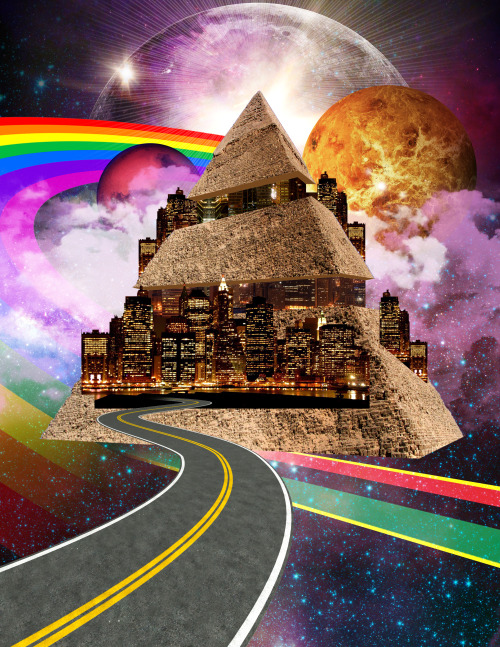
Selection of Black Thoughts is a collection of pieces from several series that document thematic prompts of surreal Black futures. Although each piece has its own narrative, much can be left to audience interpretation. These works are digital collages and drawings that obscure the fantastic. Imagine Rod Serling’s Twilight Zone as a Black space where the colonial ideas around Blackness must be contended with and reconciled, and where there is no escape from the Blackness of space. Fears and fantasies collide in this Black imaginative space rooted in the darkness of opulent collage.
Spotlight: Work by Parkland College Art Students & Alumni
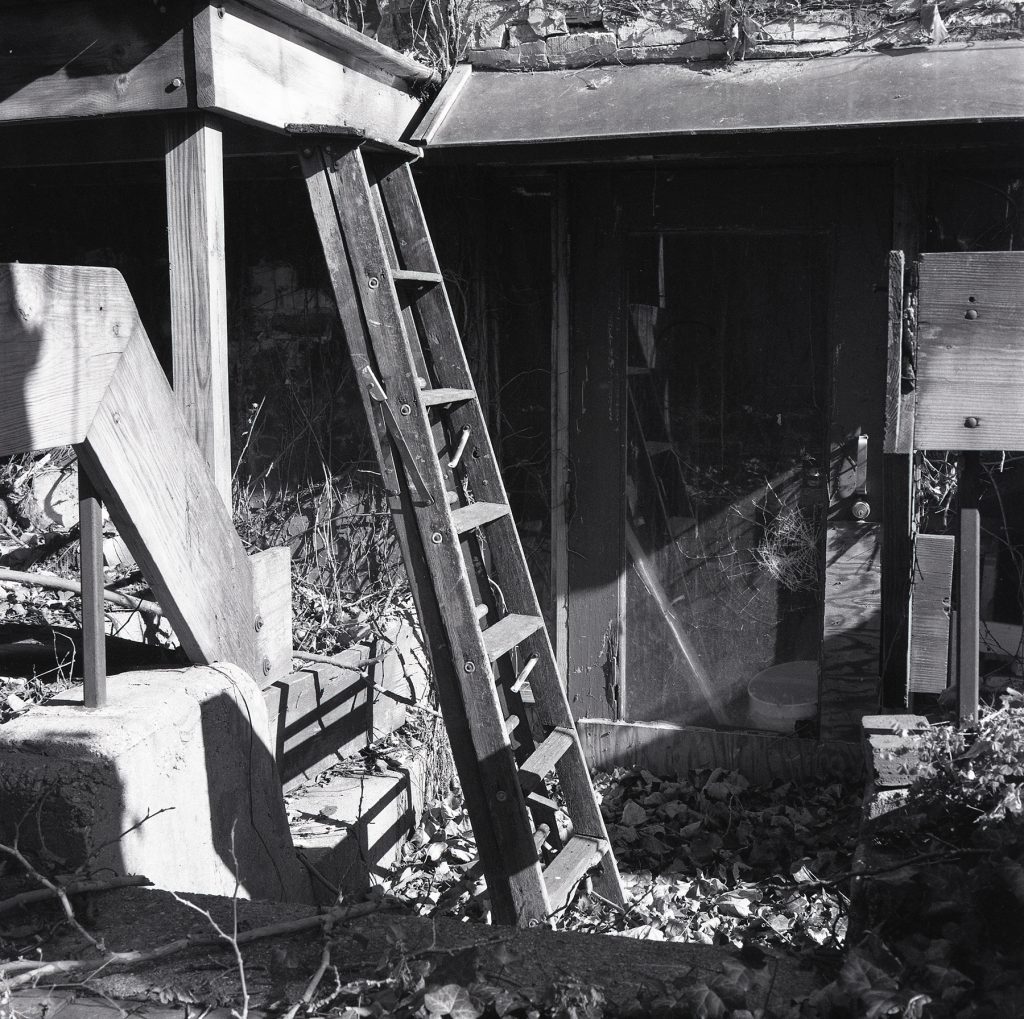
This exhibition features photographs and drawings created by Parkland College art students – current and recent alumni. Peg Shaw and Joan Stolz, art faculty, selected this work from some of their dedicated artists to show their range of media and content.
Participating Artists: Jori Bassett • Saxon Burns • Katy Geurts • Brandon Gilliland • Alexa Harmon • Laurel Hartnett • Toni Pitts • Savannah Roberts • Kayln Warner
Media coverage:
The Prospectus (11/24/2021): Art is for everyone: McKinley Foundation supports Parkland artists
To Survive on This Shore: Photographs and Interviews with Transgender and Gender Nonconforming Older Adults
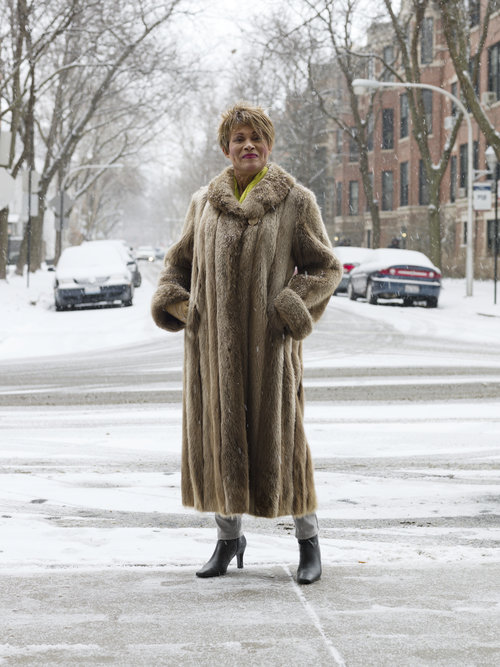
To Survive on This Shore (TSOTS) is a project by Jess T. Dugan and Vanessa Fabbre. Representations of older transgender people are nearly absent from our culture and those that do exist are often one-dimensional. For over five years, photographer Jess T. Dugan and social worker Vanessa Fabbre traveled throughout the United States creating TSOTS. Seeking subjects whose lived experiences exist within the complex intersections of gender identity, age, race, ethnicity, sexuality, socioeconomic class, and geographic location, they traveled from coast to coast, to big cities and small towns, documenting the life stories of this important but largely underrepresented group of older adults. The featured individuals have a wide variety of life narratives spanning the last ninety years, offering an important historical record of transgender experience and activism in the United States. The resulting photographs and interviews provide a nuanced view into the struggles and joys of growing older as a transgender person and offer a poignant reflection on what it means to live authentically despite seemingly insurmountable odds.
Media coverage:
Illinois News Bureau (9/14/2021): CAS, McKinley Foundation hosting art exhibit, presentation about transgender older adults
Smile Politely (9/8/2021): Five things in arts this month: September 2021
Smile Politely: (9/15/2021): Begin C-U Pride week with To Survive on This Shore at Spurlock
Smile Politely (10/6/2021): To Survive on this Shore offers a riveting look at the intersection of trans identity and aging
Smile Politely (12/6/2021): BEST Arts 2021
Smile Politely (9/29/2022): You belong here and the art of pride
The Daily Illini (10/4/2022): Artists’ Alley highlights transgender representation through photography
How Dare You? Combating Climate Change Through Photography
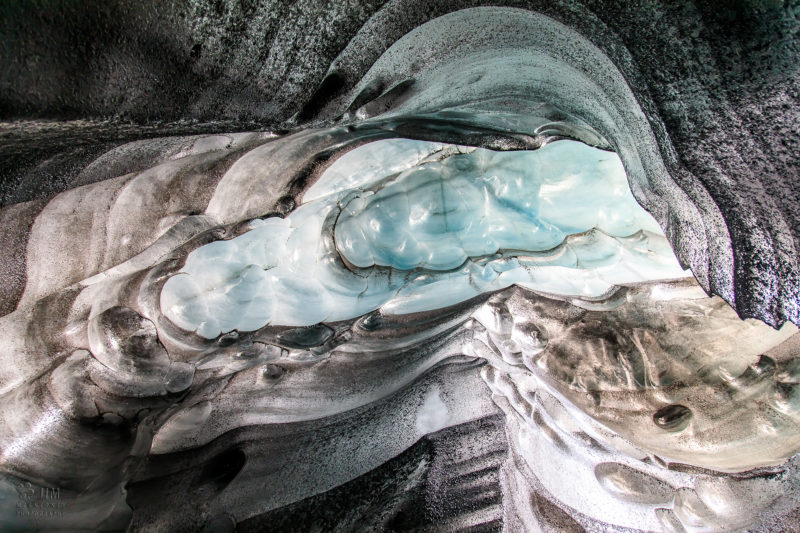
How Dare You? is an exhibition of photographs that were received as part of a community-wide competition inspired by Greta Thunberg and her remarks to the United Nations (“How dare you?”). The pieces, selected by members of Artists’ Alley and the McKinley Green Team, inspired the artists and hopefully the viewers to combat climate change. First, second, and third place awards were awarded in each of four categories: people, places, nature, and abstract or altered images.
Participating Artists: Joan Brehm • Jenni Crum • Linda Coleman • Nathan Holder • Bonnie Hudson • Miranda Johnson • Lily Kennedy • Eileen Kohen • Carol Livingstone • James McEnerney • Will Rajewski • Tricia Scott • Aaron Short • David Suttinger
Water + Color: An Exhibition of Works in Watercolor and Gouache
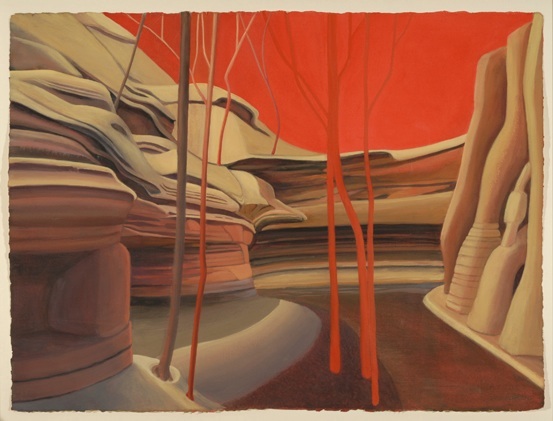
Dedicated to the memory of JamieKruidenier
“Water + Color” is an exhibition of works in watercolor and gouache featuring local, water-medium artists. The pieces, selected by the artists, represent a wide range of subject matter and technique. Well-respected for their art, this group of artists has been featured individually in many exhibitions, juried competitions, and galleries. Uniting them for this show are their gratitude and affection for Jamie Kruidenier.
Participating Artists: Ann McDowell • Ann Rund • Anu Murphy • Barbara England • Birute Simaitis • Bonnie Switzer • Jenny Barrett • Jim Gallagher • Margaret Decardy • Martha Seif • Rebecca Renwick • Sandra Hynds • Sarah Wiseman
Media coverage:
News-Gazette (9/3/19): Late Parkland artist’s students honoring her exhibit
The Prospectus (9/5/19): Water + Color: A Tribute to Jamie Kruidenier
Engage 4 Freedom: An Interactive, Rotating Exhibition Exploring Freedom in the 21st Century
 For this exhibit, the McKinley Foundation partnered with the For Freedoms 50 State Initiative: a platform for greater participation in the arts and in civil society. Inspired by American artist Norman Rockwell’s paintings of Franklin D. Roosevelt’s Four Freedoms (1941), the For Freedoms Federation uses art to encourage and deepen public explorations of freedom in the 21st century.
For this exhibit, the McKinley Foundation partnered with the For Freedoms 50 State Initiative: a platform for greater participation in the arts and in civil society. Inspired by American artist Norman Rockwell’s paintings of Franklin D. Roosevelt’s Four Freedoms (1941), the For Freedoms Federation uses art to encourage and deepen public explorations of freedom in the 21st century.
As part of this initiative, Artists’ Alley was home to a year-long rotating exhibit featuring the original Norman Rockwell works accompanied by community and student artwork and interactive expressions of freedom.
Between Line and Plain: Different Roads, Same Destination
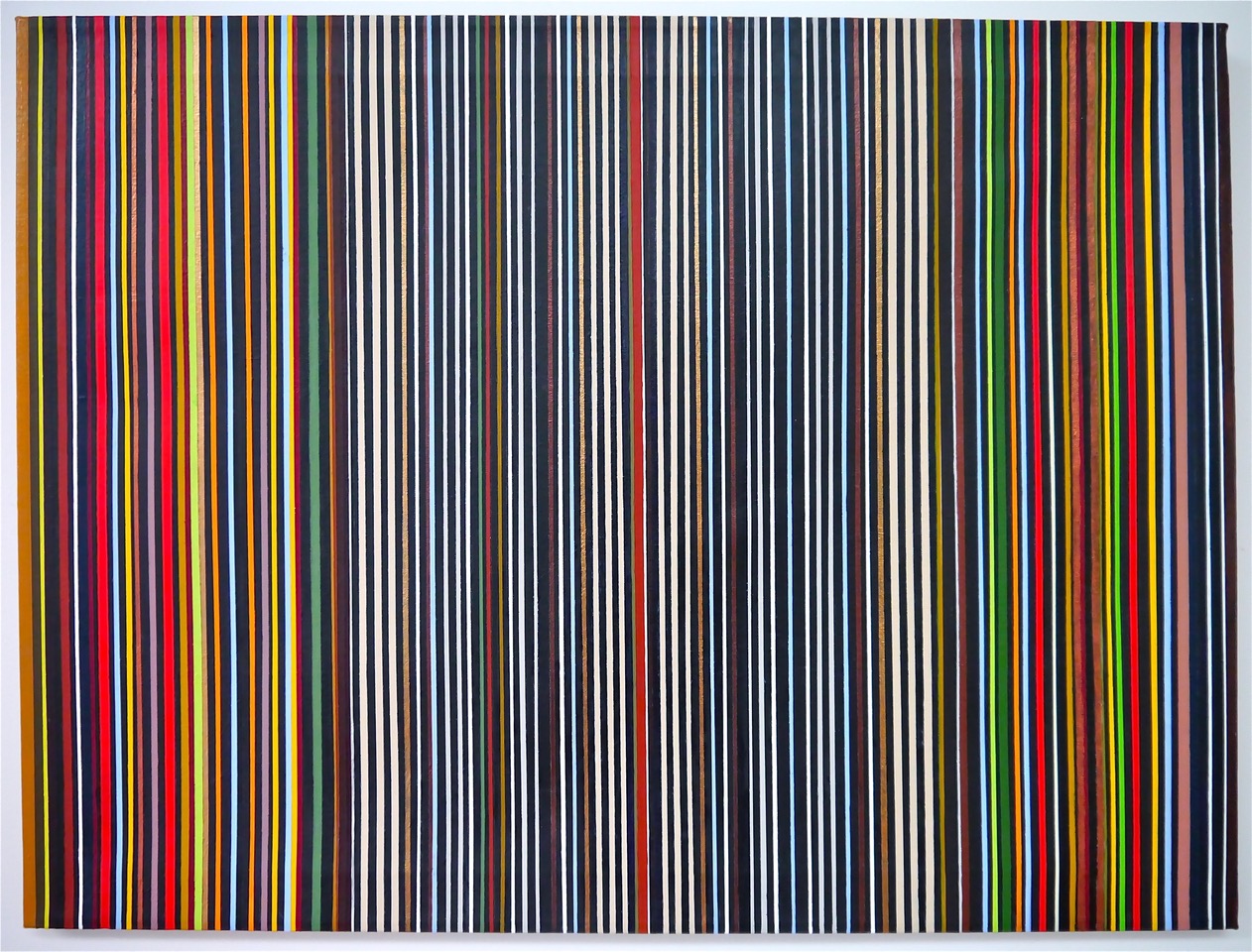
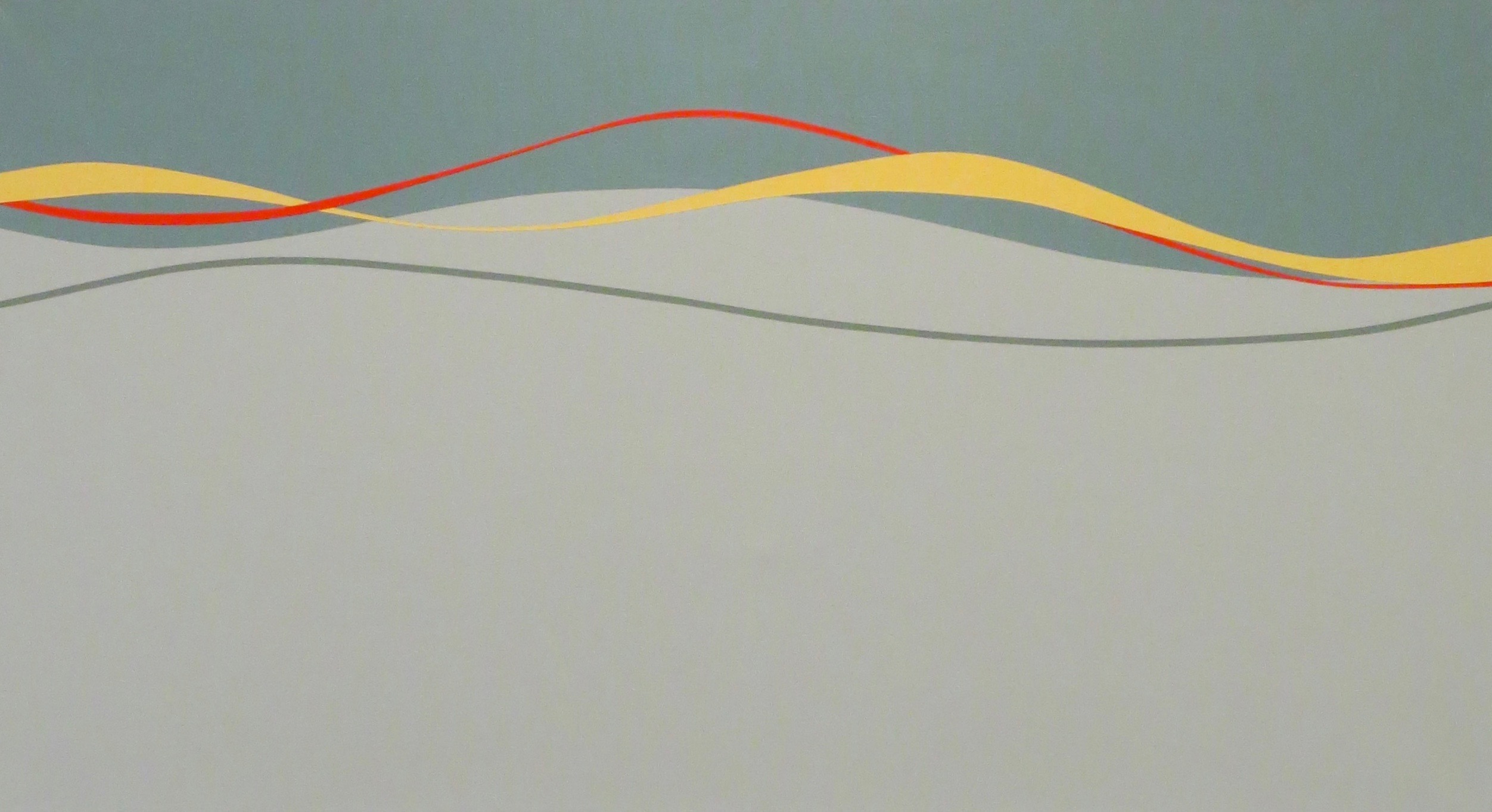
This exhibit featured two Central Illinois artists‒Sally Nolan and Rosalind Weinberg‒who share a vision of minimalism in painting the Prairie in its broadest abstract sense. Nolan and Weinberg come from different backgrounds and different life experiences, yet somehow they have arrived at a similar place in their artistic expression in the plastic arts. Their minimalist approach to painting and fiber art clearly shows the influence of the Prairie on their emotional and artistic lives.
Beyond the Landscape
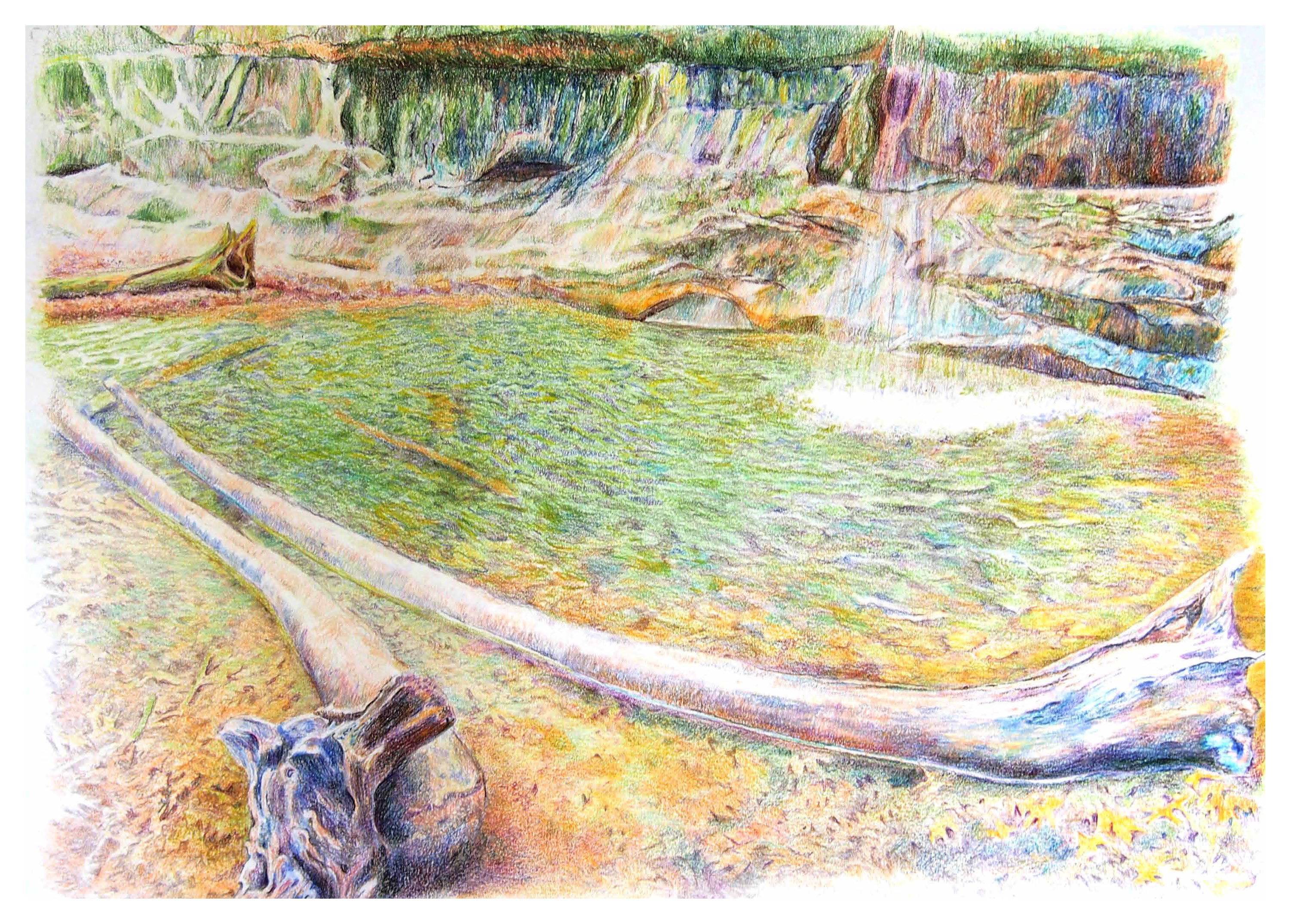
Featuring Lori Fuller. This exhibition featured acrylic paintings and colored pencil drawings inspired by the natural landscape offering a detailed look at the textures, rhythms, and unique color palette found in nature and examines our interaction with our natural environment.
Press: Exhibition Receives Rave Review in the Daily Illini
Corn, Water, Time and Space
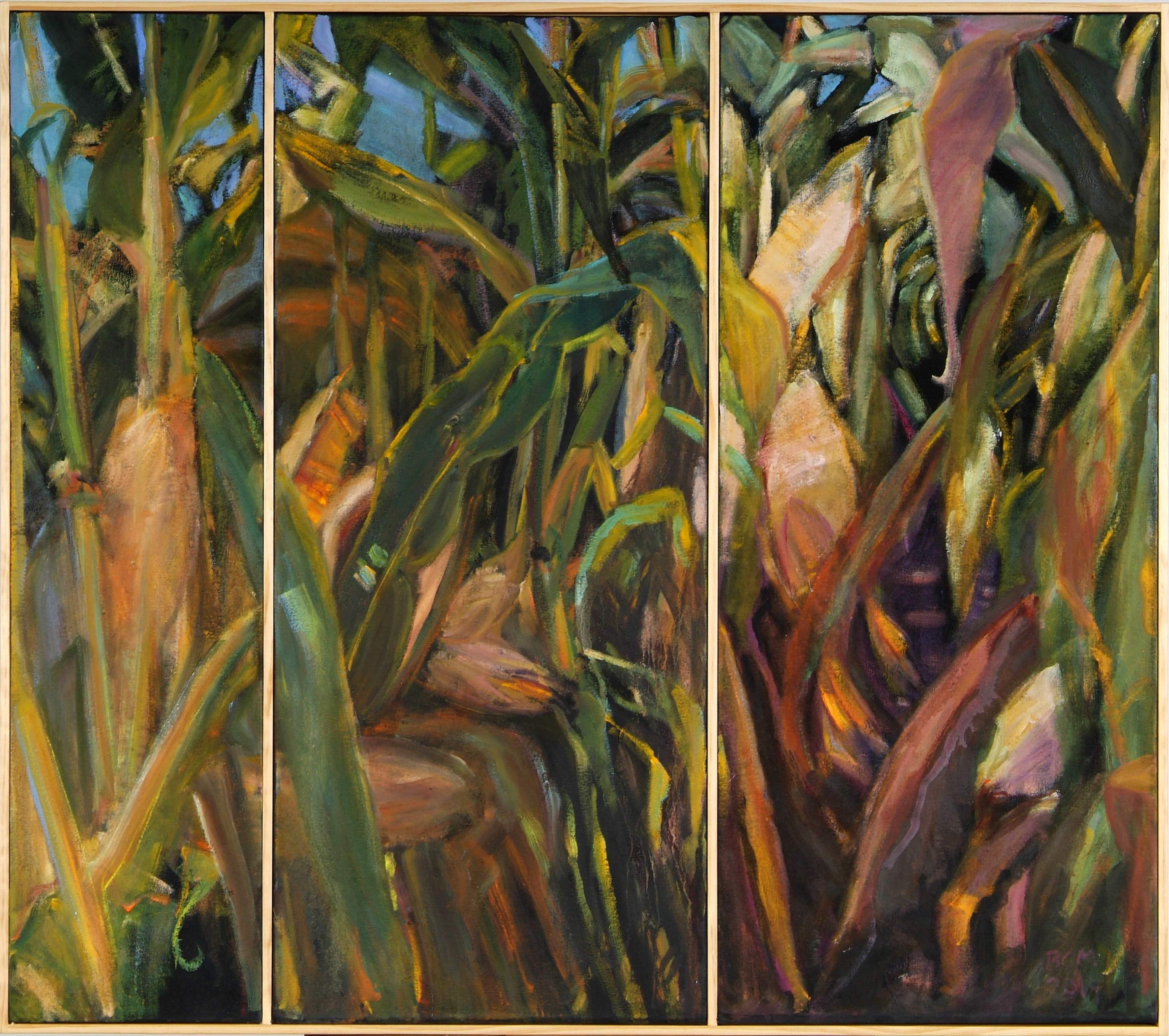 Artist: Barbara Curtis McDonnell. This exhibit featured oil-on-canvas paintings as well as several color photographs exploring various aspects of the Midwest landscape. In the past, McDonnell’s artwork has reflected the connection between oceans and prairies and vast fields of corn. “What interests me now is a voyage into the center of a corn field, bushwhacking and discovering visual connections between shapes,” reflected McDonnell on the inspiration for her newest work.
Artist: Barbara Curtis McDonnell. This exhibit featured oil-on-canvas paintings as well as several color photographs exploring various aspects of the Midwest landscape. In the past, McDonnell’s artwork has reflected the connection between oceans and prairies and vast fields of corn. “What interests me now is a voyage into the center of a corn field, bushwhacking and discovering visual connections between shapes,” reflected McDonnell on the inspiration for her newest work.
Infrared Landscapes
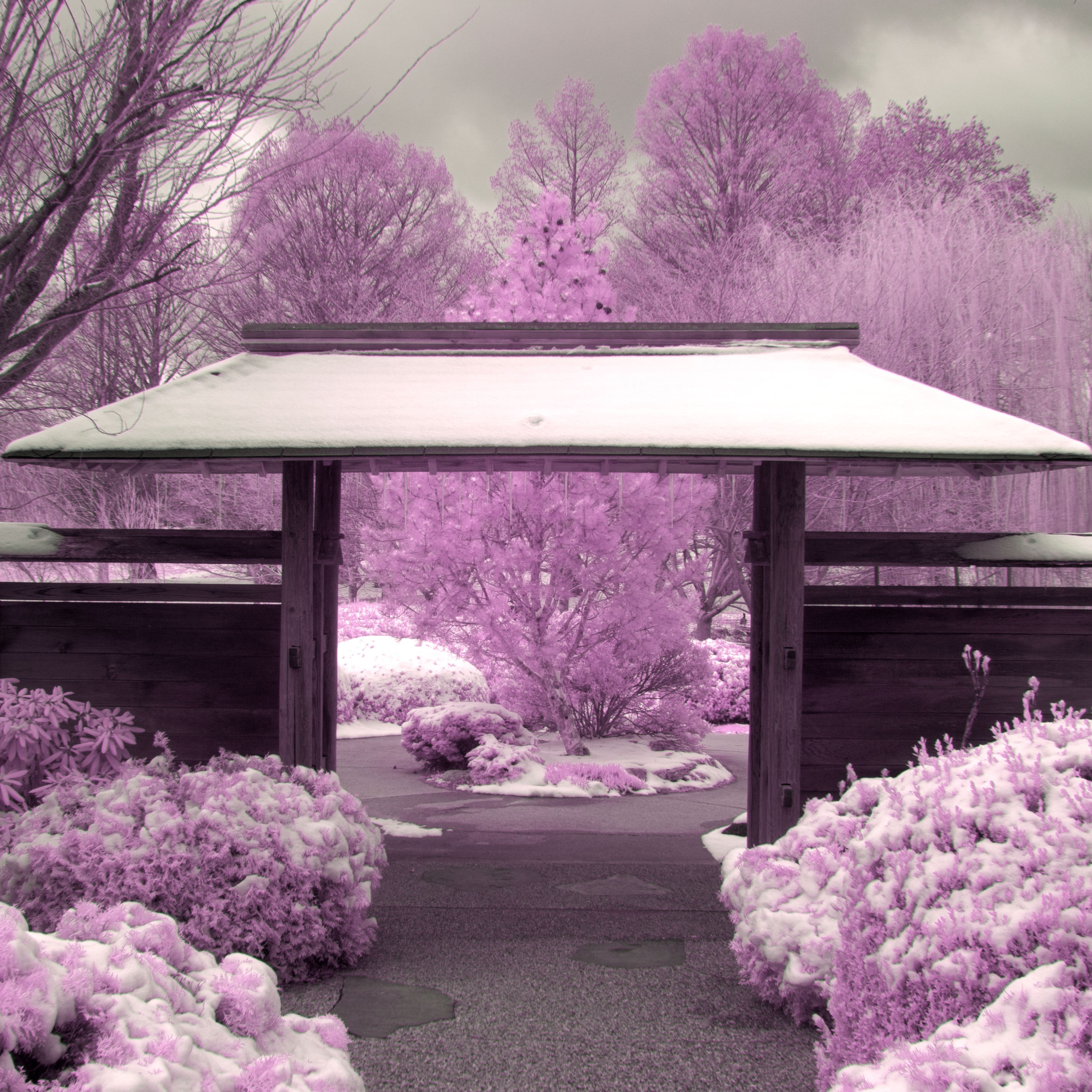 Artist: Constance Sarantos. This photographic exhibition featured 14 digital infrared photographs of landscapes taken at Japan House in Urbana, Illinois and the Chicago Botanic Garden in Glencoe, Illinois. Sarantos explores the spectrum of light invisible to the human eye, near infrared light. To take photos of visible light, cameras include filters to block off light sources such as infrared and UV. Without these filters, photographs would not properly depict what the human eye sees. Thus, to capture photos in near infrared, she replaced the hot mirror filter blocking infrared light in her camera and used post-processing to achieve more natural blue sky colors and higher saturation.
Artist: Constance Sarantos. This photographic exhibition featured 14 digital infrared photographs of landscapes taken at Japan House in Urbana, Illinois and the Chicago Botanic Garden in Glencoe, Illinois. Sarantos explores the spectrum of light invisible to the human eye, near infrared light. To take photos of visible light, cameras include filters to block off light sources such as infrared and UV. Without these filters, photographs would not properly depict what the human eye sees. Thus, to capture photos in near infrared, she replaced the hot mirror filter blocking infrared light in her camera and used post-processing to achieve more natural blue sky colors and higher saturation.
Flowers From Our Garden
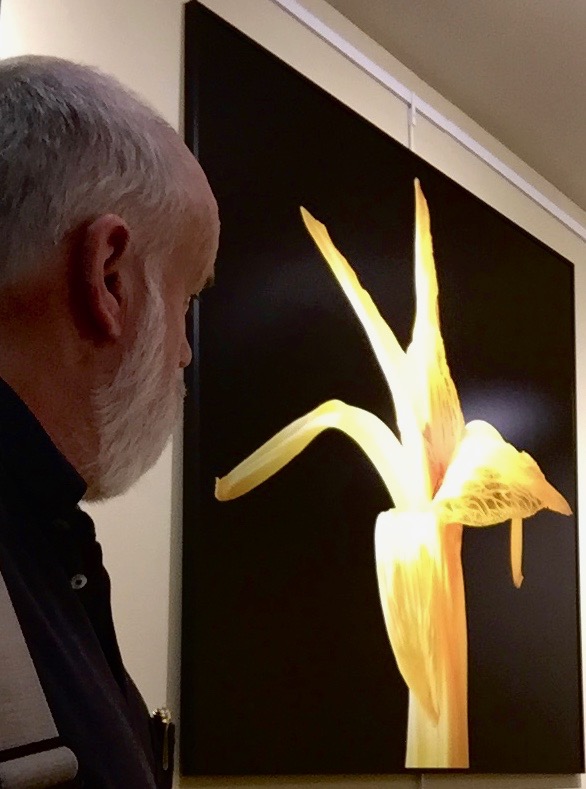 Artist: William Capel. This photographic exhibition featured eight enlarged photographs of flower blossoms: three sunflowers, one green and one yellow zinnia, a red columbine, a blue iris, and a faded yellow daylily. This exhibition grew out of Capel’s use of emerging digital technologies that make possible extremely sharp, large-scale images. Capel enjoys seeing how viewers react to the previously indiscernible and unnoticed details contained in the heart of a flower. When asked about his personal reaction to the images, Capel’s response is simple: “Astonishment! The images, best viewed up close, tend to suck you in.”
Artist: William Capel. This photographic exhibition featured eight enlarged photographs of flower blossoms: three sunflowers, one green and one yellow zinnia, a red columbine, a blue iris, and a faded yellow daylily. This exhibition grew out of Capel’s use of emerging digital technologies that make possible extremely sharp, large-scale images. Capel enjoys seeing how viewers react to the previously indiscernible and unnoticed details contained in the heart of a flower. When asked about his personal reaction to the images, Capel’s response is simple: “Astonishment! The images, best viewed up close, tend to suck you in.”